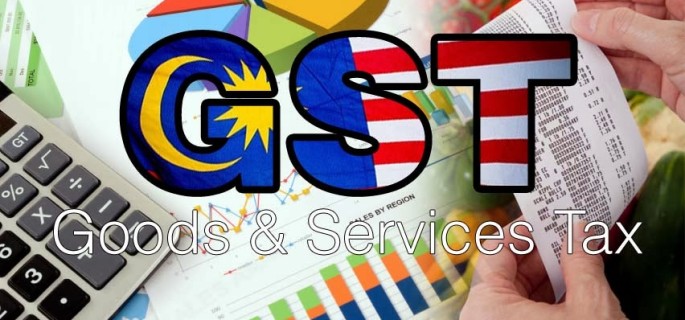From Beginning To End: The Ultimate Roadmap to GST Enrollment for Services Seeking Financial Stability
Navigating the intricacies of Goods and Services Tax (GST) enrollment is an essential action for organizations striving for monetary stability. Damaging down the roadmap into manageable steps can streamline the enrollment trip for organizations looking to enhance their financial standing.
Recognizing GST Basics
Digging right into the fundamental concepts of Product and Solutions Tax (GST) is vital for gaining a comprehensive understanding of its implications on services and the economic situation. Input Tax Debt (ITC) is a considerable attribute of GST, allowing services to claim credit rating for taxes paid on inputs, reducing the total tax problem. Recognizing the fundamentals of GST is essential for companies to abide with tax obligation guidelines, manage their finances efficiently, and contribute to the country's financial development by getting involved in a transparent tax obligation system.
Eligibility Criteria for Registration
As of the existing guidelines, the threshold limit for GST enrollment is a yearly aggregate turnover of 40 lakhs for services running within a state, except for unique group states where the limitation is 20 lakhs. Additionally, specific organizations are required to register for GST irrespective of their turnover, such as interstate providers, informal taxable persons, and services liable to pay tax under the reverse fee mechanism. It is important for organizations to thoroughly examine their turn over and transaction kinds to establish their GST registration responsibilities properly.
Papers Needed for Enrollment
Having met the qualification requirements for GST registration, organizations have to currently guarantee they have the requisite documents in location to proceed with the registration procedure successfully. The papers needed for GST enrollment commonly include evidence of company constitution, such as partnership deed, registration certification, or consolidation certificate for different types of businesses. Furthermore, businesses need to provide papers developing the primary area of organization, such as a rental contract or electricity expense.
Step-by-Step Enrollment Refine
Following, all called for records as per the checklist supplied by the GST portal demand to be posted. These documents generally consist of evidence of organization address, view website registration and identity evidence of promoters, monetary declarations, and service entity's frying pan card.

Post-Registration Conformity Standards

Conclusion
Finally, organizations looking for economic stability should understand the basics of GST, fulfill qualification requirements, collect required records, adhere to the step-by-step registration process, and abide by post-registration standards - Best GST registration services in Singapore. By sticking to these steps, businesses can make sure conformity with tax regulations and keep monetary security over time
Furthermore, certain organizations are needed to sign up for GST irrespective of their turnover, such as interstate distributors, laid-back taxable individuals, and organizations accountable to pay tax under the reverse cost system.Having met the qualification requirements for GST enrollment, services should now guarantee they have the requisite files in area to proceed with the enrollment procedure effectively. The files needed for GST registration generally consist of evidence of company constitution, such as collaboration act, enrollment certificate, or unification certificate for various kinds of services. In addition, companies require to offer records establishing the principal place of organization, such as a rental agreement or power bill.Starting the GST registration procedure entails a series of structured steps to ensure a seamless and certified registration for businesses.
Comments on “Maximize Your Savings with the Best GST Registration Services in Singapore”